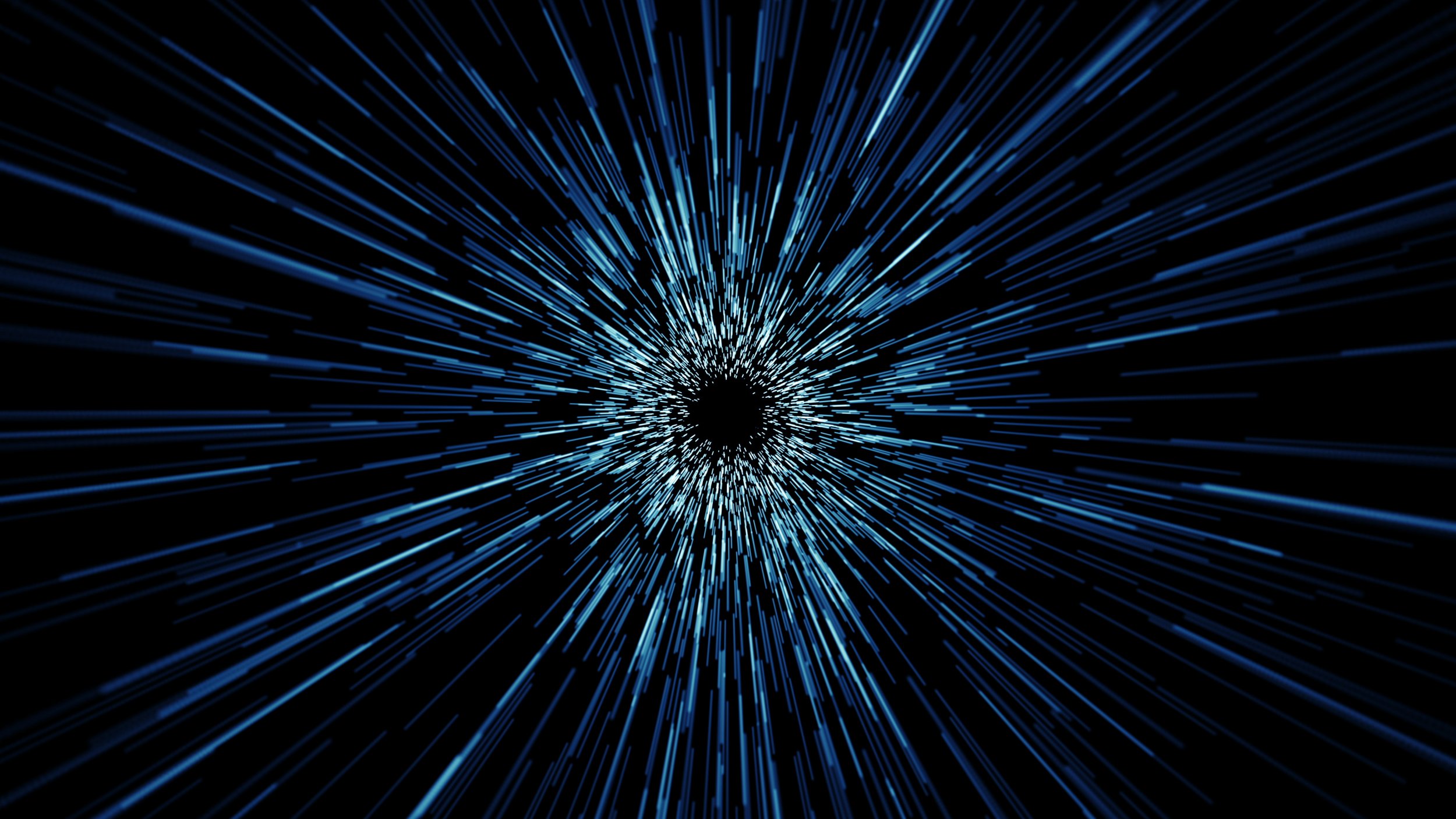
From what we know about planets like the Earth and its properties, we may expect the Sun to also experience a bulge, causing its shape to deviate from a perfect sphere. It turns out that the Sun isn’t a perfect sphere, but it’s pretty close to one. If fact, with the help of instruments on Nasa’s Solar Dynamics Observatory, scientists have identified the Sun as the most perfect sphere in nature.
Let’s dive a little deeper into this matter. Because the Sun spins on its axis, we would expect centrifugal force to cause its equator to bulge slightly. It turns out that there is a bulge, but it is almost negligible compared to those that other planets experience. When “scaled to the size of a beach ball, say scientists, the sun’s equatorial bulge would be less than the width of a human hair” (The Guardian). Although the exact reasons as to why the Sun experiences a very small equatorial bulge have not been confirmed, there are a few possible explanations for this phenomenon.
One possible explanation is the Sun’s complicated magnetic field. The magnetic fields inside the Sun could be the force that holds the Sun together, keeping it from bulging out as much as other planets do. Another explanation is the fact that the Sun is a ball of gas, meaning that different parts of the Sun rotate at different speeds, which could also have an effect on the Sun’s shape. These explanations have not been confirmed yet to have a cause-and-effect relationship with the Sun’s shape, but it would be cool to see scientists run tests and simulations in the future to figure out what causes the Sun to be so spherical.
Sources used: The Guardian, Discover Magazine




![An illustration of gravitational lensing showcases how background galaxies — or any light path — is... [+] distorted by the presence of an intervening mass, but it also shows how space itself is bent and distorted by the presence of the foreground mass itself. Before Einstein put forth his theory of General Relativity, he understood that this bending must occur, even though many remained skeptical until (and even after) the solar eclipse of 1919 confirmed his predictions.](https://thumbor.forbes.com/thumbor/960x0/https%3A%2F%2Fblogs-images.forbes.com%2Fstartswithabang%2Ffiles%2F2017%2F05%2FGravitational-lensing-galaxyApril12_2010-1024x768.jpg)




